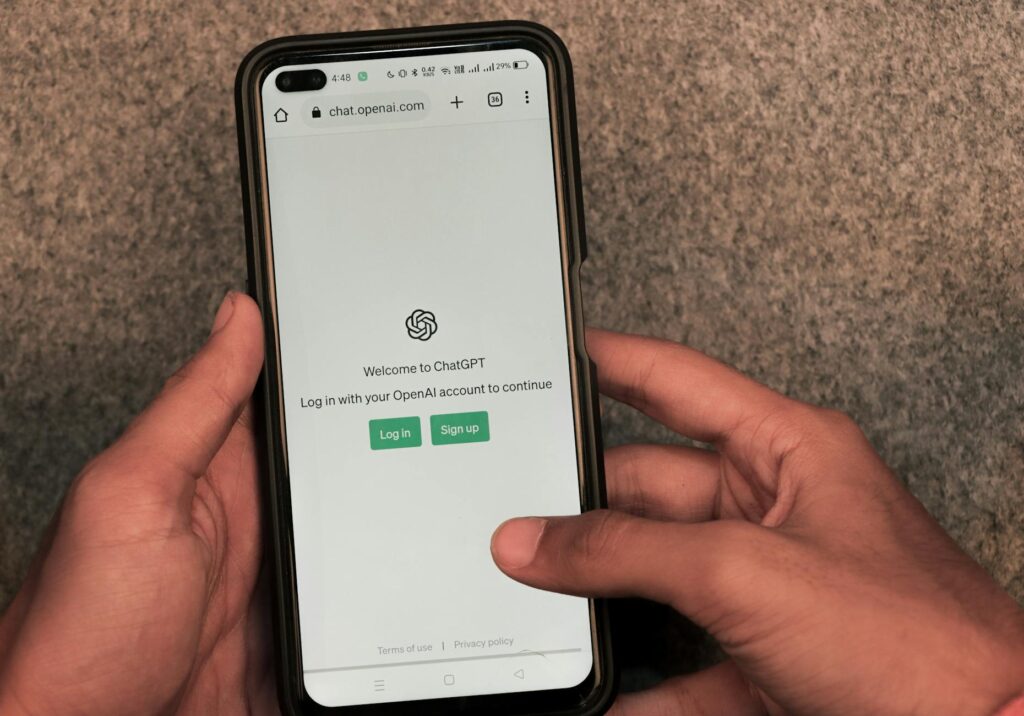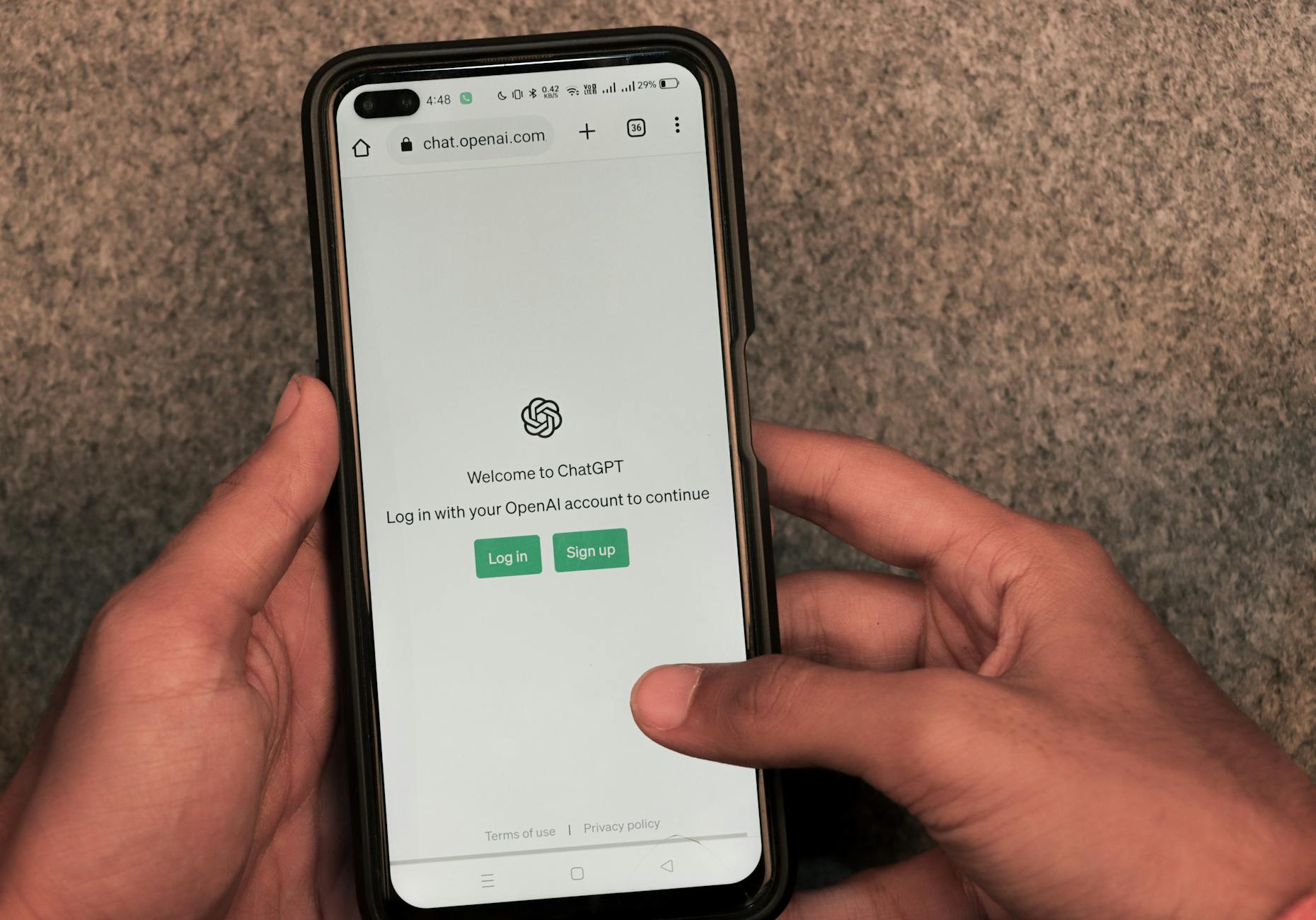What is synchronous learning?

What is synchronous learning?
Synchronous learning is a powerful educational approach that connects learners and instructors in real-time, fostering an interactive and engaging learning environment. In today’s fast-paced world, where technology has revolutionized how we learn, synchronous learning has gained prominence. It not only supports productivity and personal development but also creates a sense of community among learners. As we explore this topic, you’ll discover its features, benefits, and best practices, helping you harness its potential in your educational journey.
Understanding Synchronous Learning
Synchronous learning is defined as a mode of education where participants engage with each other in real-time, often using digital platforms. This means that students and instructors are present simultaneously, whether in a physical classroom or virtually through online tools. Unlike asynchronous learning, where students learn at their own pace and on their schedule, synchronous learning provides a structured environment that promotes immediate interaction and feedback.
The essence of synchronous learning lies in its ability to facilitate discussions, brainstorming sessions, and collaborative projects. This real-time interaction creates a dynamic atmosphere, making learning more effective and enjoyable. For more insights on the differences between synchronous and asynchronous learning, check out this quick overview.
Characteristics of Synchronous Learning
Several key characteristics define synchronous learning:
-
Real-Time Interaction: Instructors and students communicate instantly, allowing for discussions, questions, and clarifications. This interaction is crucial for fostering understanding and engagement.
-
Scheduled Sessions: Classes or sessions are held at predetermined times. This structure helps maintain discipline and accountability among participants.
-
Use of Technology: Synchronous learning leverages various digital tools such as video conferencing platforms (like Zoom or Microsoft Teams) and learning management systems (LMS) to facilitate communication and collaboration.
These characteristics distinguish synchronous learning from other educational formats, making it particularly effective for certain subjects and learning objectives.
Benefits of Synchronous Learning
Synchronous learning offers numerous advantages to both students and instructors:
- Immediate Feedback: Students receive instant responses to their queries, enhancing comprehension and allowing for a more fluid learning process.
- Community Building: Engaging in real-time discussions fosters relationships among learners. This sense of belonging can enhance motivation and retention.
- Enhanced Engagement: The interactive nature of synchronous learning keeps students attentive and allows them to actively participate, which can significantly boost their overall learning experience.
By embracing synchronous learning, students can develop effective study habits and improve their skills in time management and collaboration.
Formats of Synchronous Learning
Synchronous learning can take various forms, catering to different educational needs:
Virtual Classrooms
Virtual classrooms are online environments where instructors and students interact live. These platforms support video conferencing, file sharing, and collaborative tools that facilitate learning. In this setup, students can engage with the course material and each other in real-time, allowing for a more immersive experience. For a deeper exploration of this format, you can visit this detailed guide.

Photo by Sanket Mishra
Webinars and Live Workshops
Webinars and live workshops serve as effective synchronous learning tools, bringing together experts and participants from various locations. These sessions allow for in-depth discussions, practical demonstrations, and hands-on learning experiences. By participating in a live workshop, learners benefit from immediate insights and advice, making it a valuable addition to their educational repertoire.
Challenges of Synchronous Learning
While synchronous learning has significant benefits, it also presents certain challenges:
Technical Issues
Technical difficulties, like connectivity problems or software glitches, can disrupt the learning experience. These issues can lead to frustration for both instructors and students, hindering their ability to communicate effectively. It’s essential to have a backup plan and technical support ready to address these challenges proactively.
Scheduling Conflicts
Coordinating schedules for synchronous sessions can be tricky, especially when participants come from diverse backgrounds or time zones. This can limit the availability of some learners and affect overall participation rates. To mitigate this, educators should consider flexible scheduling or recording sessions for later viewing.
Best Practices for Engaging in Synchronous Learning
To maximize the effectiveness of synchronous learning, consider these actionable tips:
Preparation Strategies
Being well-prepared for synchronous learning sessions is crucial. Here are some strategies to enhance your readiness:
- Review Course Materials: Familiarize yourself with the subject matter before attending live sessions.
- Test Your Technology: Ensure your internet connection, microphone, and camera are functional before class begins.
- Set Goals: Establish specific learning objectives for each session to stay focused and engaged.
Active Participation Techniques
Active engagement is vital for a successful synchronous learning experience. Here are ways to encourage participation:
- Ask Questions: Don’t hesitate to ask for clarification or further information during discussions.
- Collaborate with Peers: Participate in group activities or discussions to build connections with fellow learners.
- Provide Feedback: Contribute to the conversation by offering insights or opinions, which can lead to richer discussions.
Conclusion
Synchronous learning is an invaluable educational approach that fosters real-time interactions and enhances engagement among learners. By understanding its features, benefits, and challenges, you can take advantage of this dynamic learning format to develop effective study habits and improve your productivity. As you explore this method, remember that preparation and active participation are key to making the most of your synchronous learning experience. Embrace the opportunity to learn in real-time and watch your personal and academic growth flourish!